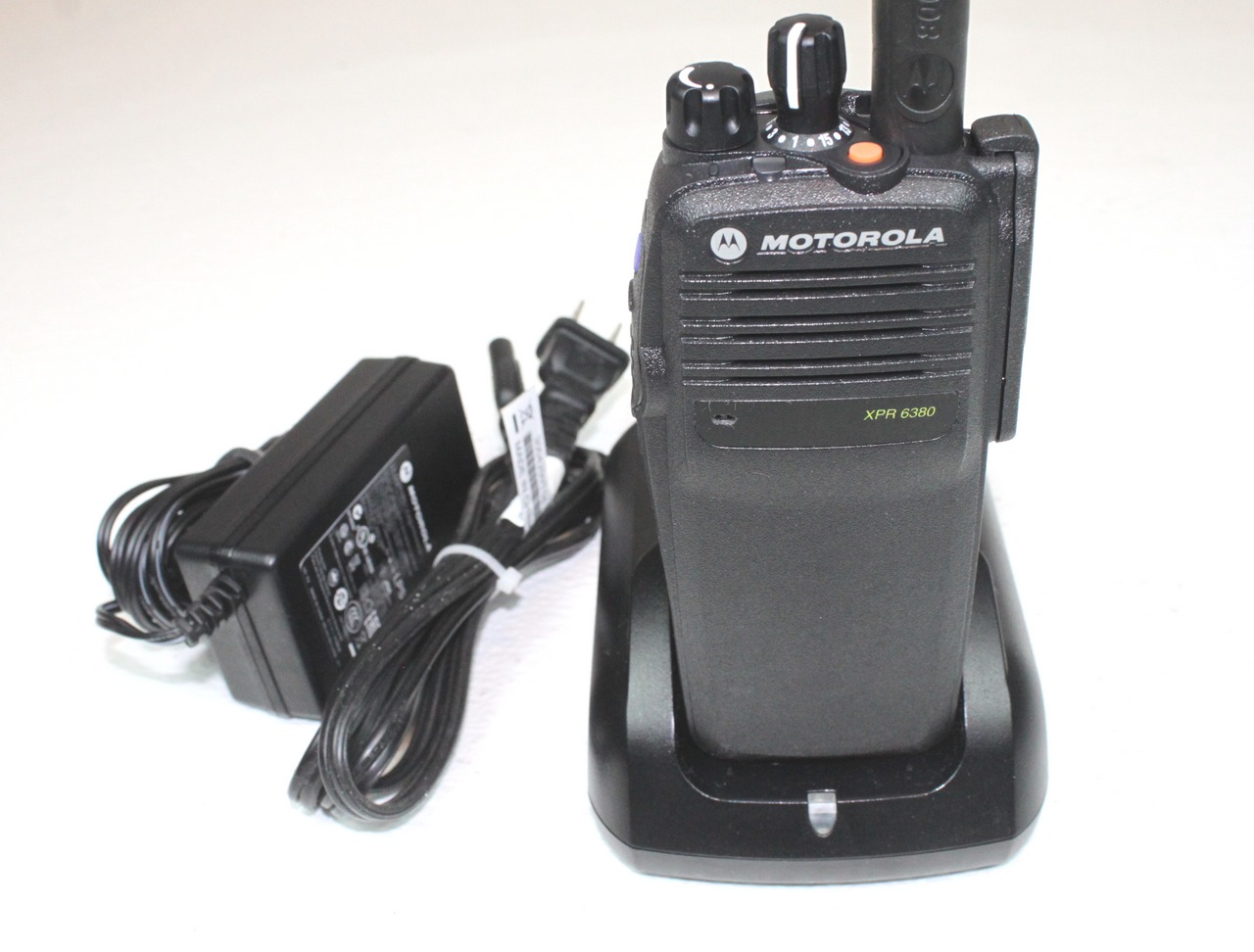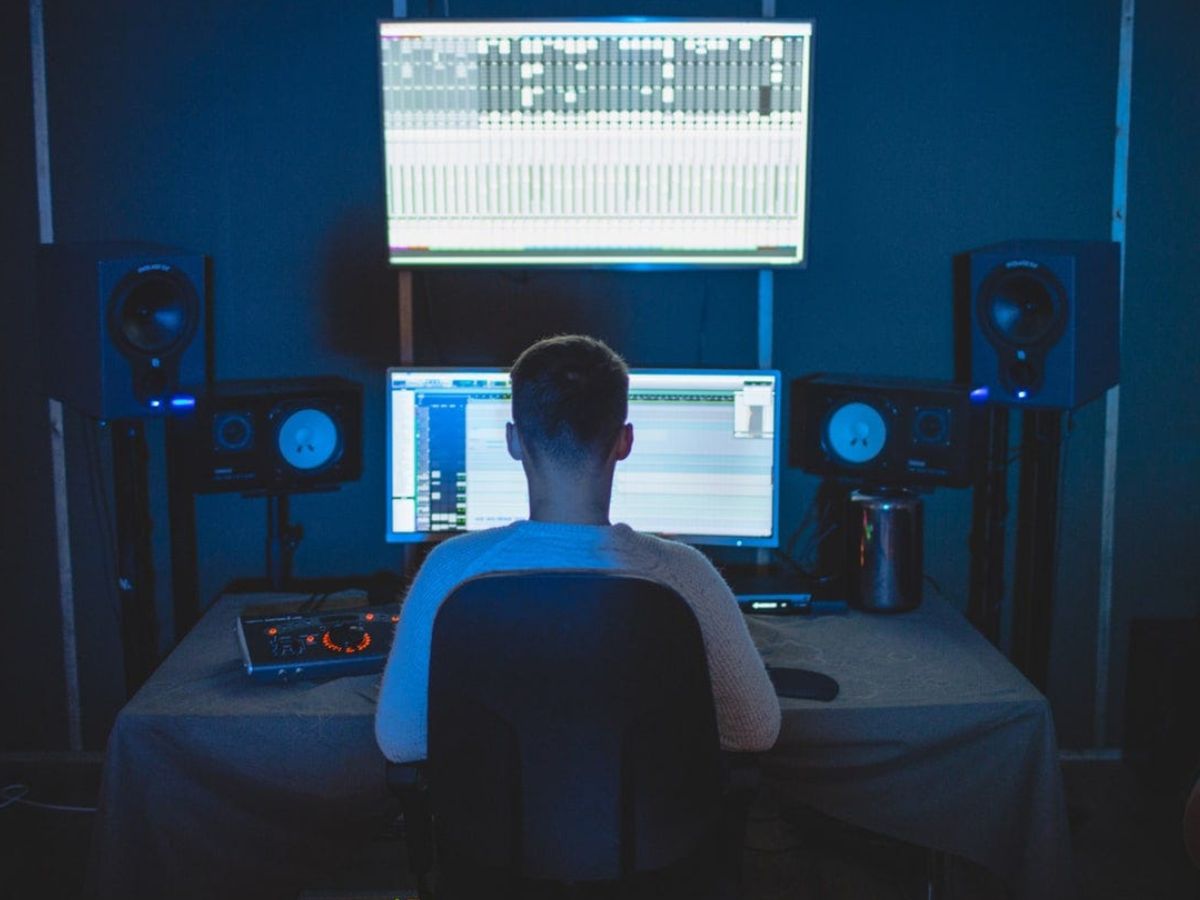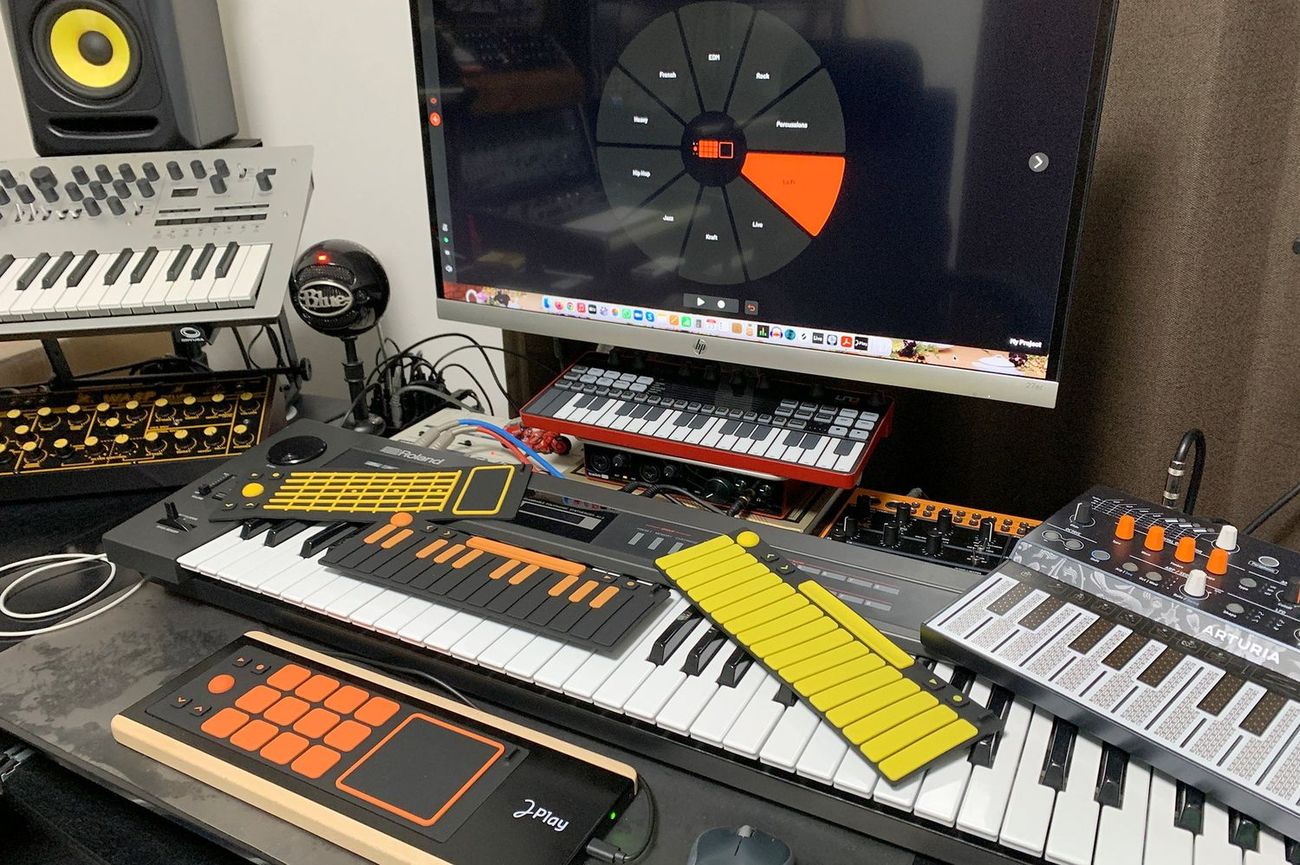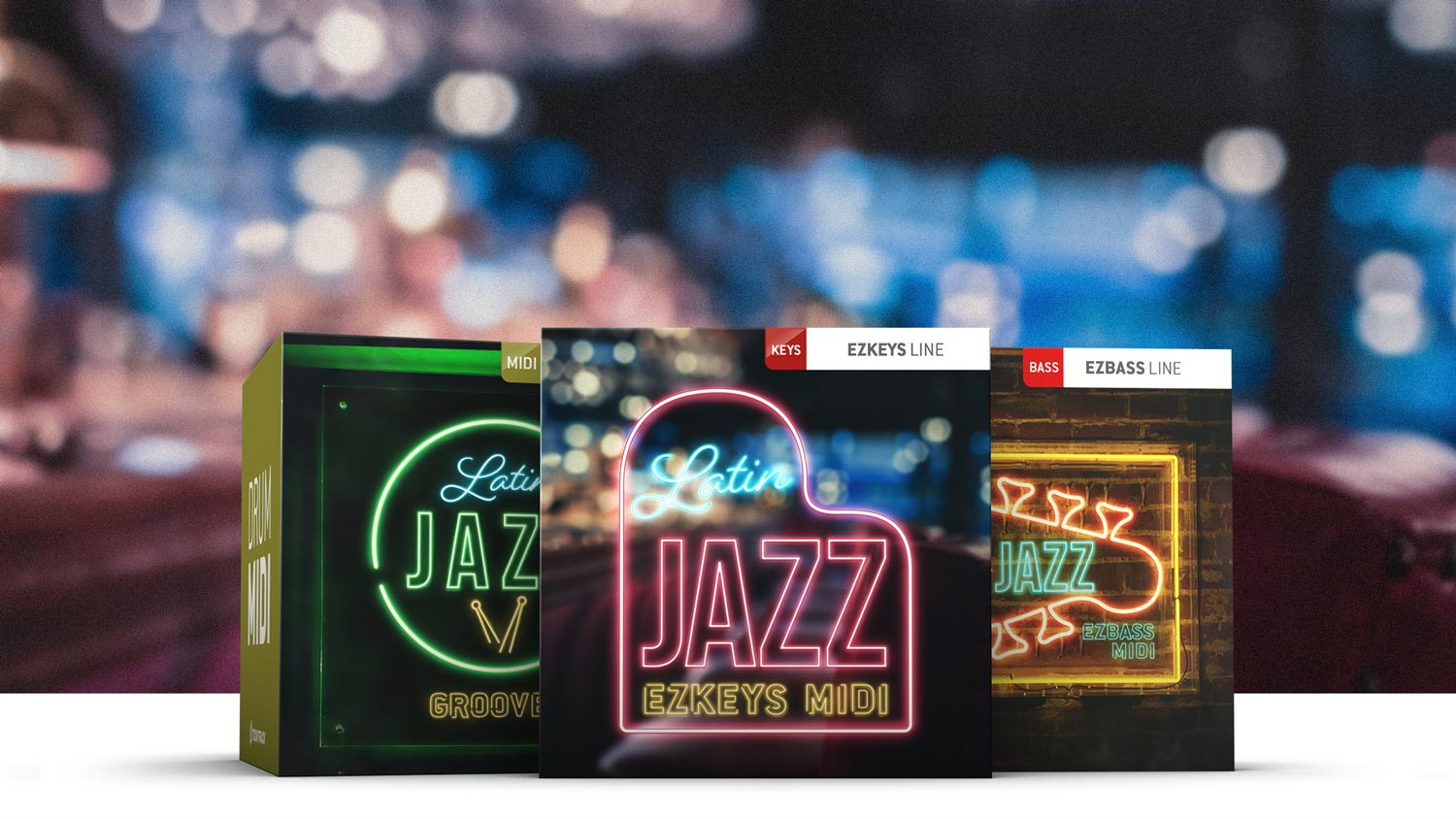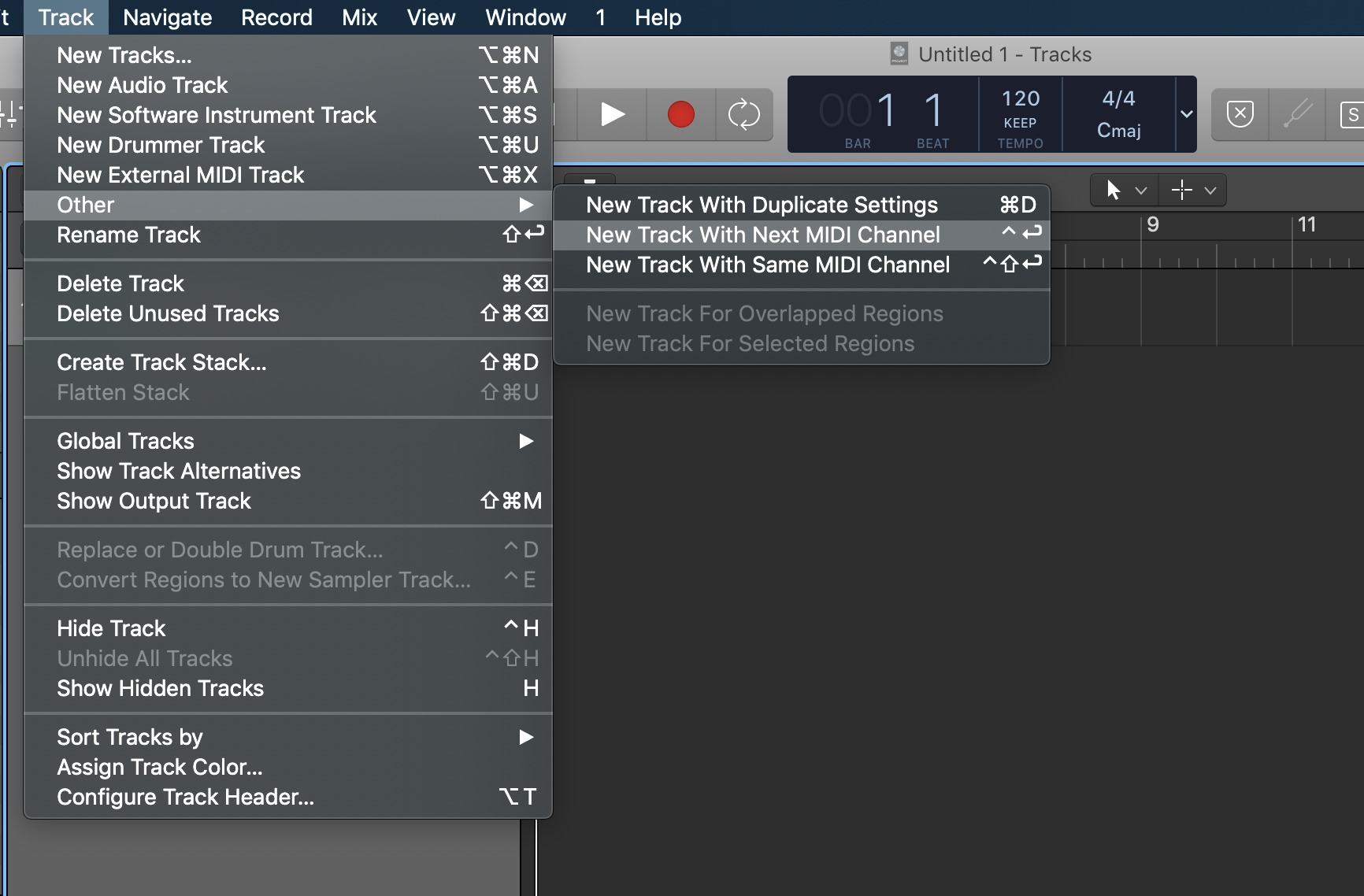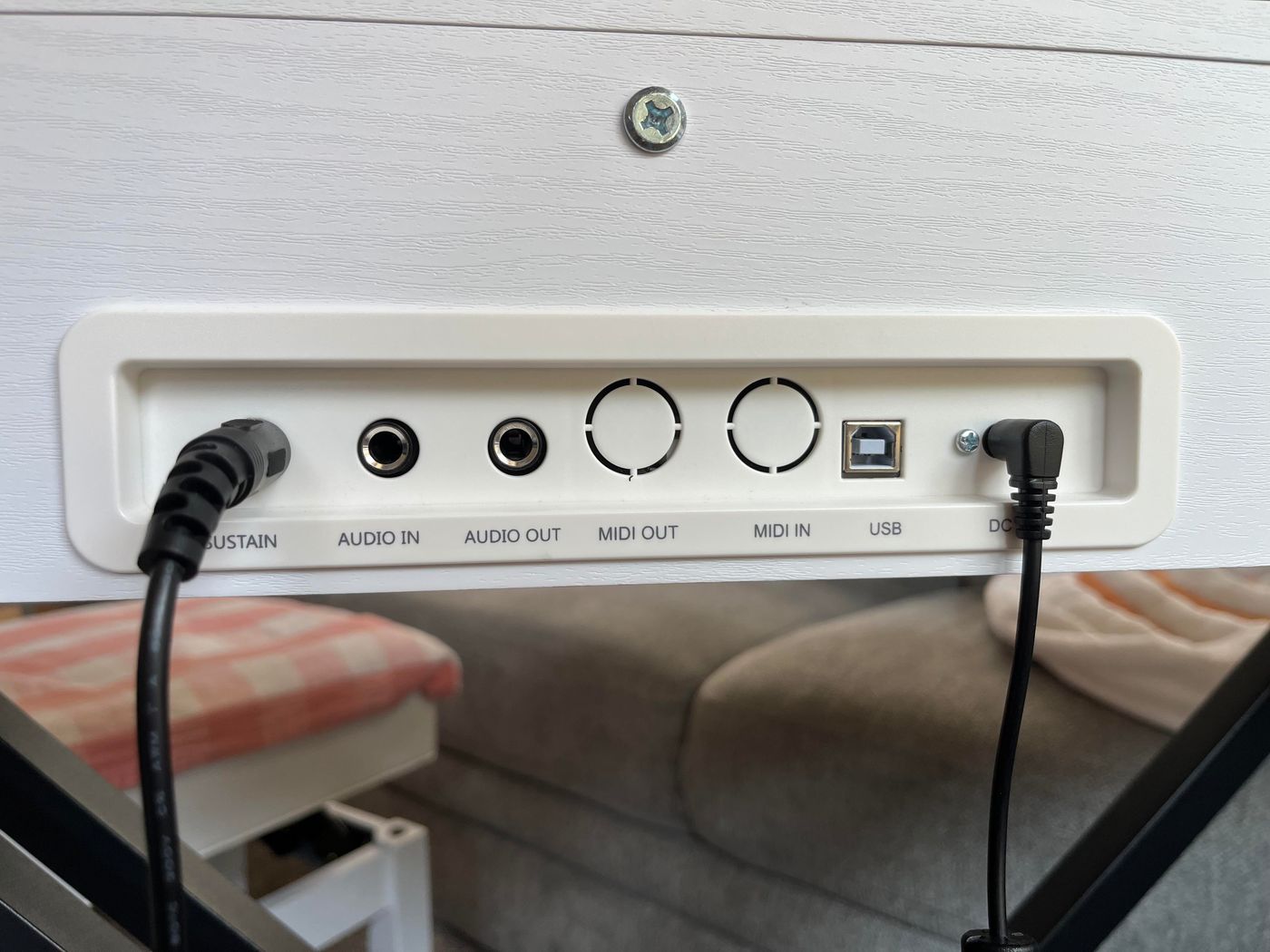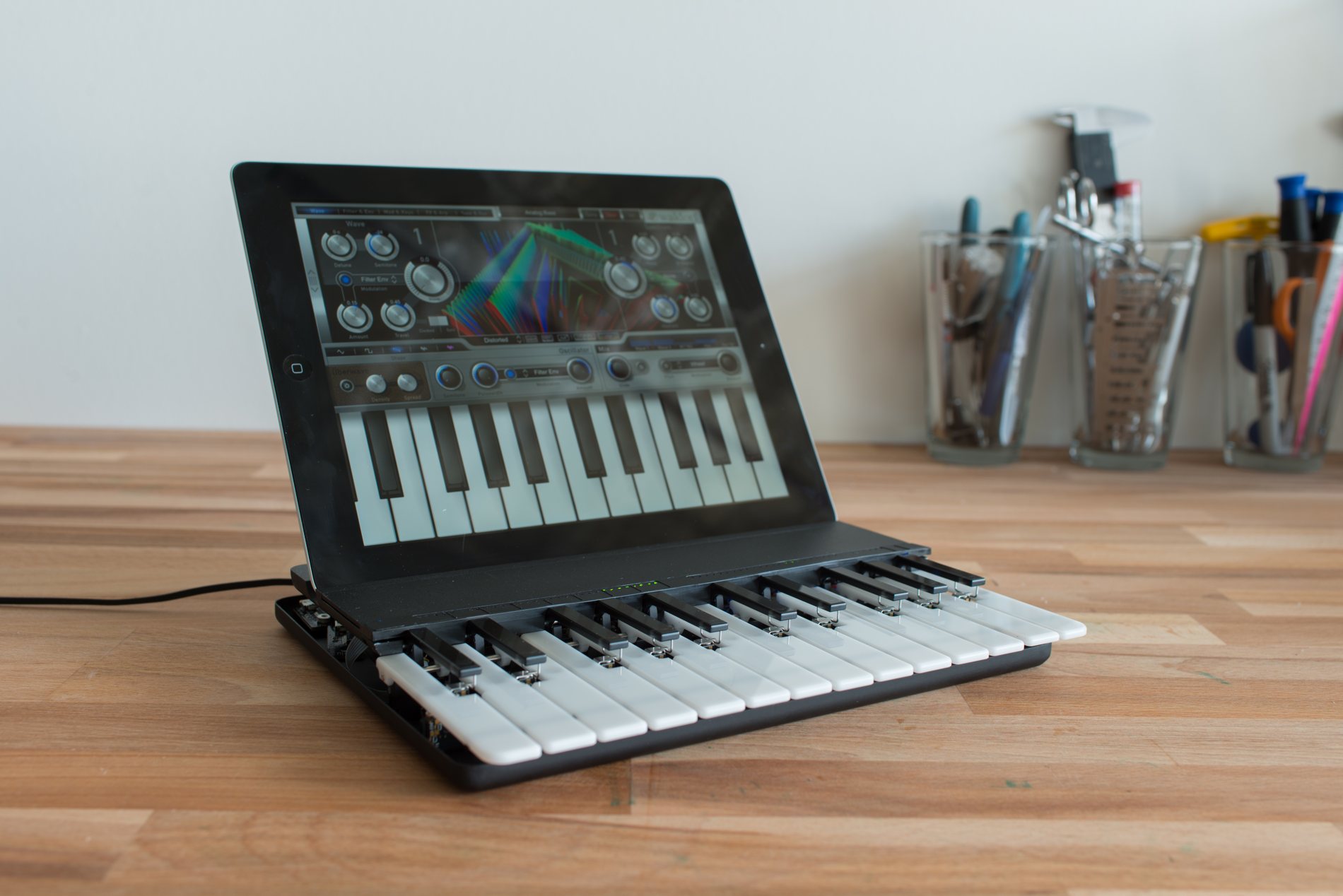Home>Production & Technology>MIDI>What Is Program Change In MIDI
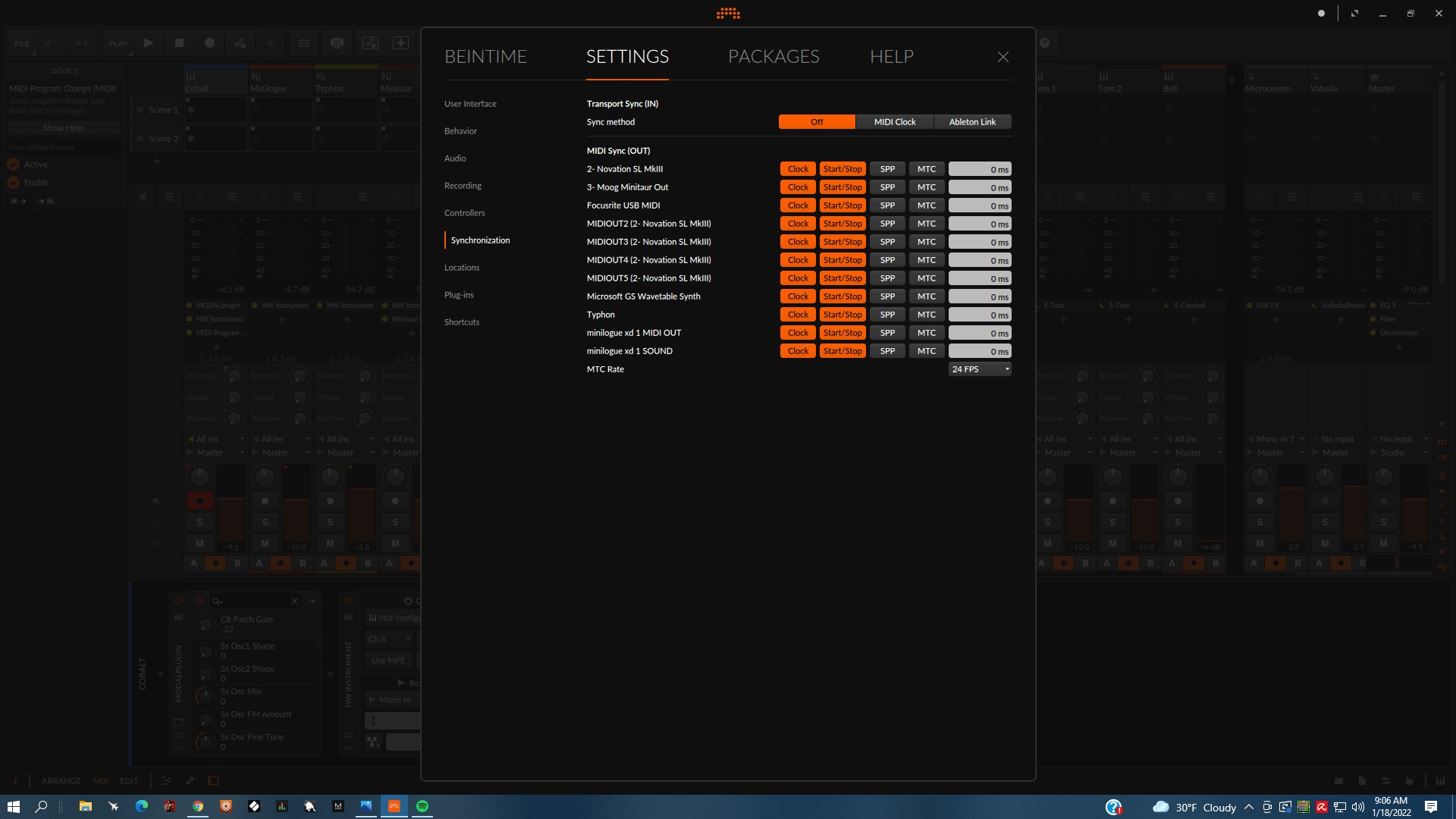

MIDI
What Is Program Change In MIDI
Published: February 22, 2024
Learn about program change in MIDI, its importance in music production, and how it allows for seamless transitions between different sounds and instruments. Understand the role of MIDI in shaping the modern music industry and its versatility in creating unique musical compositions.
(Many of the links in this article redirect to a specific reviewed product. Your purchase of these products through affiliate links helps to generate commission for AudioLover.com, at no extra cost. Learn more)
Table of Contents
Introduction
MIDI, which stands for Musical Instrument Digital Interface, has revolutionized the way music is created, performed, and recorded. At the heart of MIDI technology lies a multitude of powerful features that enable musicians and producers to control various aspects of their musical equipment with remarkable precision and flexibility. One such feature that plays a crucial role in shaping the sonic landscape of MIDI-driven music is the Program Change message.
The Program Change message, often abbreviated as PC, serves as a powerful tool for altering sounds and settings on MIDI-compatible instruments and devices. This fundamental aspect of MIDI communication allows musicians to seamlessly switch between different sounds, patches, or presets during a performance or recording session. Whether it's transitioning from a warm, resonant pad to a biting lead synth or from a clean electric guitar tone to a distorted rock sound, Program Change empowers musicians to effortlessly navigate through a diverse sonic palette with a simple command.
In the realm of MIDI, the concept of Program Change is deeply intertwined with the notion of musical expression and creativity. It opens up a world of sonic possibilities, enabling artists to dynamically shape their musical compositions and performances. By harnessing the power of Program Change, musicians can effortlessly explore a vast array of sounds, textures, and timbres, thereby enriching their musical expression and expanding the sonic horizons of their compositions.
As we delve deeper into the realm of MIDI and explore the intricacies of Program Change messages, we will uncover the underlying mechanisms that drive this essential feature. By gaining a comprehensive understanding of how Program Change works in MIDI, we can unlock its full potential and harness its capabilities to elevate our musical endeavors to new heights. Join us on this enlightening journey as we unravel the mysteries of Program Change in MIDI and discover the myriad ways in which it empowers musicians and shapes the sonic landscape of modern music.
Understanding Program Change Messages
At the core of MIDI communication lies the concept of Program Change messages, which serve as a pivotal mechanism for controlling and manipulating the sonic characteristics of MIDI-compatible devices. When a musician triggers a Program Change message, it instructs the receiving MIDI device to switch to a specific sound, patch, or preset. This seamless transition between different sonic configurations allows musicians to dynamically alter the timbre and texture of their music, thereby enhancing its expressive and creative potential.
Program Change messages are assigned numerical values, typically ranging from 0 to 127, each corresponding to a specific sound or setting within the receiving MIDI device. These numerical assignments enable musicians to precisely select and activate a desired sound or preset, facilitating smooth transitions between sonic configurations during performances or recording sessions.
In the context of MIDI instruments such as synthesizers, keyboards, and samplers, Program Change messages play a crucial role in shaping the musical landscape. They empower musicians to effortlessly navigate through an extensive library of sounds and presets, enabling them to seamlessly transition between lush pads, intricate arpeggios, thunderous bass tones, and a myriad of other sonic textures with the simple transmission of a Program Change message.
Furthermore, Program Change messages can be utilized to trigger specific instrument articulations, such as switching between different guitar articulations on a virtual instrument or transitioning between orchestral playing techniques on a sample library. This level of nuanced control over sound selection and articulation empowers musicians to infuse their performances with depth and authenticity, elevating the overall musical experience for both the performer and the audience.
In essence, understanding Program Change messages is pivotal for unlocking the full potential of MIDI technology. By grasping the intricacies of how these messages operate and influence the sonic characteristics of MIDI devices, musicians can harness their creative prowess to craft captivating musical compositions and deliver compelling performances that resonate with depth and emotion.
The next section will delve into the inner workings of Program Change in MIDI, shedding light on the technical aspects that drive this fundamental feature. Let's embark on this enlightening exploration to gain a deeper understanding of how Program Change operates within the realm of MIDI technology.
How Program Change Works in MIDI
Program Change operates as a vital component of MIDI communication, facilitating seamless transitions between different sounds, patches, or presets within MIDI-compatible devices. At its core, Program Change is a type of MIDI message that enables musicians to dynamically alter the sonic characteristics of their instruments or devices with precision and flexibility.
When a musician triggers a Program Change message, it contains specific numerical data that corresponds to a particular sound or setting within the receiving MIDI device. This numerical value serves as a direct instruction for the device to switch to the designated sound or preset, allowing for instantaneous sonic transformations during performances or recording sessions.
In the realm of MIDI, each MIDI channel can independently receive and respond to Program Change messages, granting musicians the ability to control multiple devices simultaneously. This capability is particularly valuable in live performance scenarios, where musicians can seamlessly transition between different sounds on various MIDI instruments, enriching their sonic palette and enhancing the overall musical experience.
Furthermore, Program Change messages can be utilized in conjunction with MIDI banks and patches, enabling musicians to access an extensive library of sounds and presets within their MIDI devices. By leveraging Program Change in tandem with MIDI bank and patch selection, musicians can effortlessly navigate through a vast array of sonic possibilities, allowing for fluid transitions between diverse musical textures and timbres.
In practical terms, the implementation of Program Change in MIDI devices involves the seamless integration of MIDI controllers, such as keyboards, pad controllers, or dedicated MIDI footswitches. These controllers serve as the conduits through which musicians transmit Program Change messages to their MIDI instruments, enabling them to execute instantaneous sound changes and sonic manipulations with remarkable ease and precision.
From a technical standpoint, Program Change messages are encapsulated within the MIDI data stream and are transmitted via MIDI cables or digital interfaces to the receiving MIDI devices. Upon receiving a Program Change message, the designated MIDI device interprets the numerical data and switches to the corresponding sound or preset, ensuring a seamless and responsive transition between sonic configurations.
In essence, Program Change in MIDI functions as a dynamic tool for sculpting sonic landscapes, empowering musicians to navigate through a rich tapestry of sounds and textures with unparalleled fluidity and expressiveness. By understanding the inner workings of Program Change in MIDI, musicians can harness its capabilities to unleash their creative potential and shape captivating musical experiences that resonate with depth and emotion.
Implementing Program Change in MIDI Devices
Implementing Program Change in MIDI devices involves the seamless integration of MIDI controllers and MIDI-compatible instruments to facilitate dynamic sound transitions and sonic manipulations. This process empowers musicians to exert precise control over their musical expressions and unlock a diverse array of sonic possibilities within their MIDI setups.
At the core of implementing Program Change lies the utilization of MIDI controllers, which serve as the primary conduits for transmitting Program Change messages to MIDI instruments and devices. These controllers come in various forms, ranging from traditional keyboard controllers and pad controllers to dedicated MIDI footswitches and pedalboards. Each of these controllers offers musicians a unique avenue for executing Program Change commands, allowing for seamless transitions between different sounds and presets with remarkable precision.
In practical terms, MIDI keyboard controllers play a pivotal role in implementing Program Change, enabling musicians to effortlessly navigate through a rich library of sounds and patches within their MIDI synthesizers and samplers. With the simple press of a key or the manipulation of control knobs and sliders, musicians can trigger Program Change messages, initiating instantaneous sonic transformations and sculpting their musical compositions with unparalleled fluidity.
Furthermore, pad controllers and MIDI pad banks provide an intuitive platform for implementing Program Change, offering musicians tactile interfaces for triggering sound transitions and manipulating sonic parameters in real time. These versatile controllers empower musicians to dynamically switch between different drum kits, sound effects, and melodic elements, adding a layer of expressive versatility to their performances and studio productions.
In the realm of live performance, dedicated MIDI footswitches and pedalboards serve as indispensable tools for implementing Program Change, allowing musicians to seamlessly transition between different sounds and presets while keeping their hands free to focus on instrument playing or vocal performances. This hands-free approach to executing Program Change commands enhances the overall stage presence and musical dexterity of performers, elevating the live music experience for both artists and audiences.
From a technical standpoint, the implementation of Program Change in MIDI devices necessitates the seamless integration of MIDI routing and mapping within the musical setup. Musicians configure their MIDI controllers and instruments to recognize and respond to Program Change messages, ensuring that the desired sound transitions occur seamlessly and in accordance with the artistic vision of the performer.
In essence, implementing Program Change in MIDI devices empowers musicians to exert precise control over their sonic palette, enabling them to seamlessly navigate through a diverse array of sounds and presets with remarkable ease and expressiveness. By integrating MIDI controllers and instruments in a cohesive manner, musicians can harness the power of Program Change to unlock new dimensions of musical creativity and deliver captivating performances that resonate with depth and emotion.
Practical Applications of Program Change in MIDI Devices
The practical applications of Program Change in MIDI devices encompass a diverse array of scenarios where musicians harness the power of this fundamental feature to shape their sonic landscapes and elevate their musical expressions. From live performances to studio productions, Program Change serves as a versatile tool that empowers musicians to seamlessly transition between different sounds, patches, and presets, thereby enriching their artistic endeavors with depth and creativity.
In the context of live performances, Program Change plays a pivotal role in enabling musicians to deliver dynamic and expressive shows. Whether it's a solo artist commanding a stage with a diverse array of sonic textures or a band navigating through a setlist brimming with musical diversity, Program Change empowers performers to effortlessly switch between different sounds and presets, enhancing the sonic richness of their live renditions. This capability allows musicians to adapt their sonic palette to the evolving dynamics of a performance, ensuring that each musical moment resonates with authenticity and emotion.
Furthermore, in the realm of studio productions, Program Change serves as a catalyst for sculpting intricate sonic tapestries and orchestrating captivating musical arrangements. Musicians and producers leverage Program Change to seamlessly transition between different instrument articulations, layering lush textures, and weaving intricate sonic narratives within their compositions. This level of nuanced control over sound selection and manipulation enables artists to craft immersive musical experiences that captivate listeners and evoke profound emotional responses.
Moreover, in the context of electronic music performances and DJ sets, Program Change empowers artists to dynamically shift between diverse sonic palettes, seamlessly integrating an eclectic array of sounds and textures into their performances. Whether it's transitioning between pulsating basslines, ethereal pads, or rhythmic percussive elements, Program Change enables electronic musicians to curate immersive sonic journeys that captivate audiences and ignite dance floors with infectious energy.
In addition, the implementation of Program Change in MIDI devices extends to theatrical productions, where it facilitates seamless transitions between different musical cues and atmospheric elements. Whether it's enhancing dramatic moments with evocative soundscapes or punctuating scenes with expressive musical motifs, Program Change empowers theatrical composers and sound designers to craft immersive sonic environments that elevate the storytelling experience for audiences.
In essence, the practical applications of Program Change in MIDI devices encompass a broad spectrum of musical endeavors, spanning live performances, studio productions, electronic music showcases, and theatrical presentations. By leveraging the power of Program Change, musicians and artists can infuse their creative expressions with depth, versatility, and emotive resonance, shaping captivating musical experiences that transcend boundaries and resonate with audiences on profound levels.
Conclusion
In conclusion, the realm of MIDI technology encompasses a rich tapestry of features and capabilities that empower musicians to shape their sonic expressions with precision and creativity. At the heart of this technological landscape lies the fundamental concept of Program Change, a dynamic tool that enables seamless transitions between different sounds, patches, and presets within MIDI-compatible devices.
Program Change serves as a catalyst for musical exploration and expression, allowing musicians to effortlessly navigate through a diverse sonic palette with remarkable fluidity and precision. Whether in the context of live performances, studio productions, electronic music showcases, or theatrical presentations, Program Change stands as a versatile mechanism for sculpting captivating sonic landscapes and orchestrating compelling musical narratives.
By gaining a comprehensive understanding of Program Change and its practical applications in MIDI devices, musicians can harness its capabilities to unlock new dimensions of creative expression and artistic innovation. This fundamental feature empowers artists to dynamically shape their musical compositions, deliver dynamic live performances, and craft immersive sonic environments that resonate with depth and emotion.
As the landscape of music continues to evolve, the significance of Program Change in MIDI devices remains steadfast, serving as a beacon of creative exploration and sonic versatility for musicians and artists worldwide. By embracing the power of Program Change, musicians can transcend boundaries, expand their sonic horizons, and deliver captivating musical experiences that resonate with audiences on profound levels.
In essence, Program Change in MIDI devices stands as a testament to the enduring spirit of innovation and creativity within the realm of music. It empowers musicians to navigate through a boundless realm of sonic possibilities, shaping captivating musical experiences that transcend boundaries and resonate with audiences on profound levels. As we continue to explore the ever-expanding frontiers of musical expression, Program Change remains a steadfast ally, guiding us on a journey of sonic discovery and artistic evolution.

